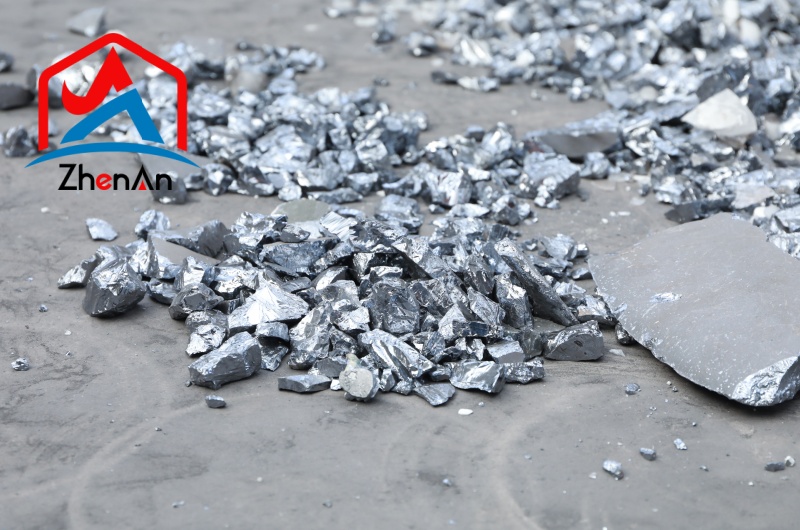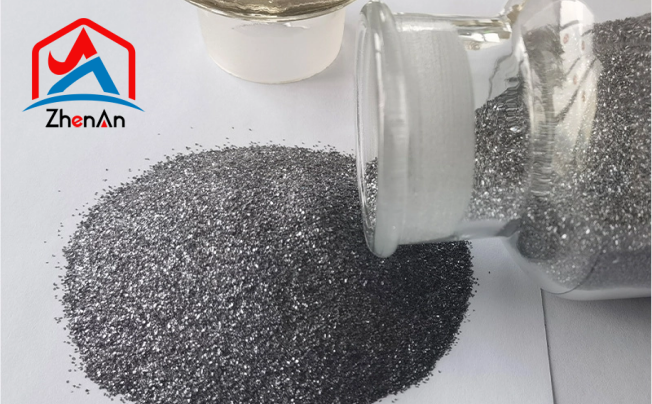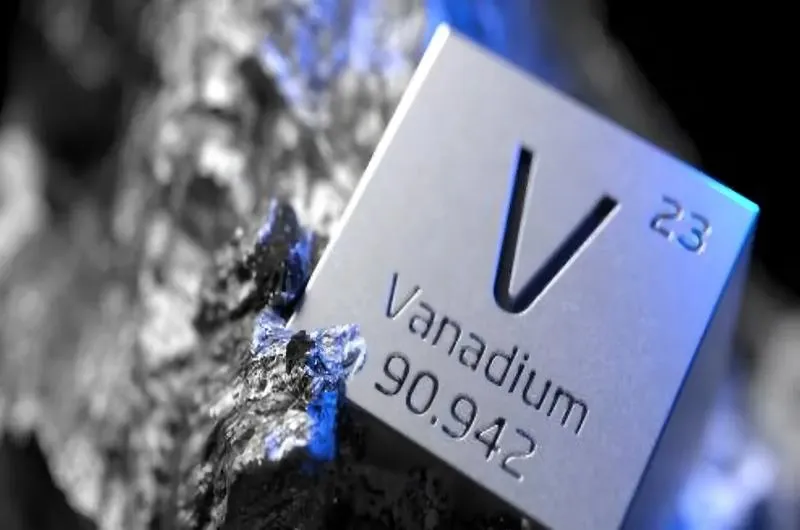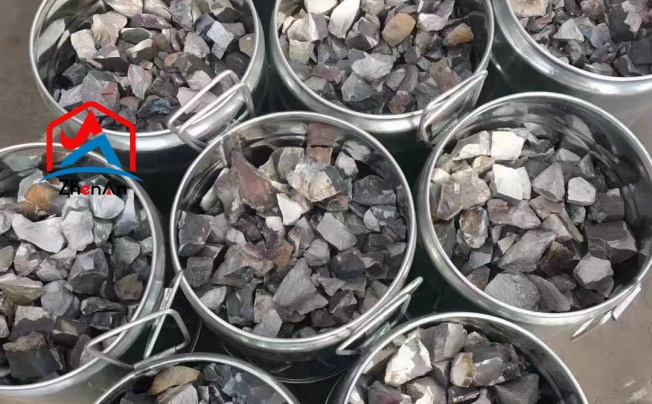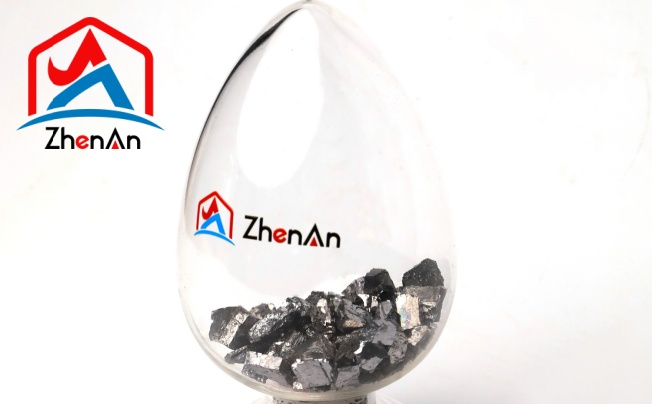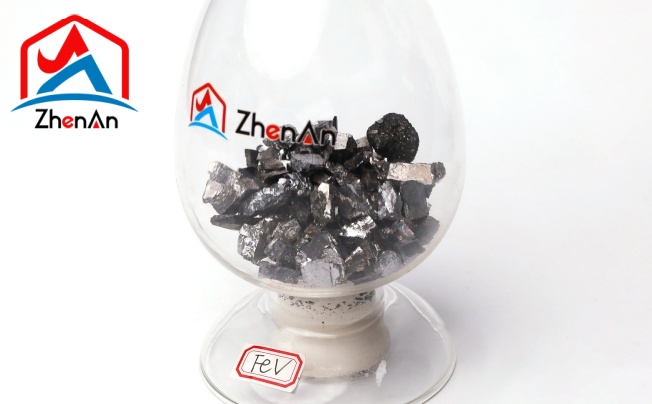BY  GENN
GENN
2024/09
Blog
Why Is Silicon So Popular?
Silicon, with its atomic number 14 and symbol Si on the periodic table, is a versatile chemical element that is significant in materials science. Known for its metalloid properties, silicon exhibits qualities of both metals and non-metals.
Physical and Chemical Properties Contributing to Silicon‘s Popularity
One of the key physical properties of silicon is its abundance in Earth’s crust, ranking as the second most abundant element after oxygen. This widespread availability makes silicon a cost-effective raw material for manufacturing processes across electronics, construction, and solar energy industries. Moreover, silicon possesses excellent mechanical properties, including high tensile strength and resistance to corrosion, making it a durable material for long-term use.
From a chemical standpoint, silicon’s interaction with oxygen forms silica (silicon dioxide), the foundation for various silicate minerals found in rocks and soils. The chemical stability of silicon dioxide makes it an essential component in glass production due to its transparency and resistance to chemical reactions.
In addition, silicon’s compatibility with organic compounds allows for the synthesis of silicone-based materials known for their flexibility and heat resistance – qualities highly valued in applications ranging from medical devices to kitchenware. , the intricate blend of unique atomic structures along with favorable physical and chemical properties distinguishes silicon as a versatile element essential across multiple sectors driving innovation and technological advancement.
The Pioneering Power of Silicon in Technology
Role of Silicon in the Semiconductor Industry
Silicon’s remarkable properties have positioned it as the cornerstone of the semiconductor industry. Its abundance and ability to conduct electricity make it an ideal material for producing computer chips and electronic components.
Silicon’s semi-conductive nature allows for precise control of electrical currents, enabling the creation of integrated circuits that power our modern devices. Without silicon, the rapid advancement and miniaturization seen in technology over recent decades would not have been possible.
Use in Computer Chips and Electronics
Silicon’s adoption of computer chips revolutionized the world of computing. The intrinsic properties of silicon, such as its stability, scalability, and reliability, make it the primary choice for manufacturing microprocessors and memory chips.
By doping silicon with specific elements, manufacturers can tune its electrical properties to create transistors that form the building blocks of sophisticated electronic devices. The integration of millions of transistors on a single chip has led to exponential growth in computational power while reducing size and energy consumption.
Importance in Advancing Technology and Innovation
The ubiquity of silicon in technology extends beyond just consumer electronics; it underpins innovation across various industries. The continuous improvement in semiconductor fabrication processes has enabled faster processors, larger data storage capacities, and more efficient electronic systems. Silicon’s role as a catalyst for technological progress cannot be overstated – from enhancing communication networks to driving automation in factories, its presence is fundamental to shaping our digital world.
Silicon Illuminating Sustainable Futures
Silicon’s Role in Solar Energy Technology
In harnessing renewable energy sources, silicon plays a pivotal role through photovoltaic cells used in solar panels. These cells convert sunlight into electricity by absorbing photons and generating an electric current through the photoelectric effect.
Silicon wafers serve as the foundation for these cells due to their high efficiency at converting solar radiation into usable energy. The scalability and reliability of silicon-based solar panels have propelled advancements in clean energy generation.
Use in Photovoltaic Cells for Solar Panels
Silicon-based photovoltaic cells dominate the solar energy market due to their proven performance and cost-effectiveness. These cells are designed to capture sunlight across a broad spectrum efficiently.
Silicon’s ability to maintain structural integrity over long periods ensures the durability and longevity of solar panels installed on rooftops or vast solar farms. As research continues to enhance silicon cell designs and manufacturing processes, we move closer to achieving grid parity with traditional fossil fuel sources.
Contribution to Renewable Energy Sources
The integration of silicon-based solar technology into our energy infrastructure holds promise for a sustainable future by reducing reliance on non-renewable resources. Solar panels fueled by silicon enable decentralization of power generation, empowering communities to produce clean electricity locally. Through ongoing advancements driven by research investments worldwide, we are unlocking new possibilities for expanding renewable energy capacity using this versatile element at the forefront.
Unveiling the Versatility of Silicon in Construction and Infrastructure
Silicone Sealants and Adhesives
Silicon-based materials, particularly silicone sealants, and adhesives, have revolutionized the construction industry with their remarkable properties. These materials offer exceptional waterproofing capabilities, making them indispensable for sealing joints, gaps, and cracks in buildings.
The flexibility and durability of silicone sealants ensure long-lasting protection against water infiltration, preventing moisture-related issues such as mold growth and structural damage. Additionally, their resistance to extreme temperatures and UV radiation makes them ideal for outdoor applications, providing reliable protection in diverse environmental conditions.
Silicon’s Role in Glass Manufacturing
Silica, derived from silicon dioxide (SiO2), plays a pivotal role in glass manufacturing, underlining silicon’s significance in the construction industry. Silicon dioxide is a key component in producing various types of glass with distinct properties suited for different applications.
From traditional window panes to cutting-edge architectural facades, silicon-based glass products offer unparalleled clarity, strength, and thermal insulation. The use of silicon-rich materials not only enhances the aesthetic appeal of buildings but also contributes to energy efficiency by optimizing natural light penetration while minimizing heat loss.
Contribution to Sustainable Building Practices Through Glass Production
The incorporation of silicon-based glass products not only elevates the visual appeal of structures but also aligns with sustainable building practices. By leveraging the thermal insulation properties of silicon-infused glass panes, construction projects can reduce their reliance on artificial heating and cooling systems, thereby lowering energy consumption and carbon emissions.
Silicon in Health and Wellness
Enhancing Bone Health with Silicon Supplements
Silicon, often overlooked in the realm of nutrition, plays a crucial role in promoting bone health and density. Studies have shown that silicon is essential for collagen formation, a key component of bones that provides strength and flexibility. By incorporating silicon supplements into one’s diet, individuals can support the body’s natural bone-building process.
Furthermore, silicon aids in the absorption of calcium, contributing to overall skeletal health. This mineral not only helps prevent bone loss but also supports the maintenance of healthy bones as we age.
The Remarkable Role of Silicon in Promoting Bone Density
One of the remarkable benefits of silicon is its ability to enhance bone density, making it an indispensable element for maintaining skeletal strength. Silicon works synergistically with other minerals like calcium and magnesium to promote mineralization and increase bone density.
Research suggests that regular intake of silicon can help reduce the risk of osteoporosis and fractures by improving bone quality. By supporting the deposition of minerals in bones, silicon contributes to optimal bone density levels necessary for overall skeletal health.
Silicone Implants
Beyond its role in nutrition, silicone has made significant strides in modern medicine through its application in cosmetic surgery and medical treatments. Silicone implants are widely used for breast augmentation, reconstructive surgeries, and various medical applications due to their biocompatibility and durability.
The malleability and safety profile of silicone makes it an ideal material for implants that mimic natural tissues. With advancements in technology, silicone implants have transformed medical practices by offering patients safe and effective solutions for enhancing their appearance or undergoing necessary procedures.
Reduction of Carbon Footprint with Silicon Technologies
The adoption of silicon technologies has led to significant reductions in carbon footprints across various industries. Silicon-based materials offer energy-efficient solutions that contribute to lower greenhouse gas emissions during production and use.
By replacing traditional materials with silicon alternatives, businesses can decrease their environmental impact while maintaining high performance standards. The impact on reducing greenhouse gases through the utilization of silicon technologies extends beyond individual companies to global efforts in combating climate change.
As more industries embrace sustainable practices and incorporate innovative silicon solutions into their operations, there is a collective reduction in carbon emissions on a larger scale. This collaborative approach highlights the potential for technology-driven solutions to address pressing environmental challenges and create a greener future for all.






